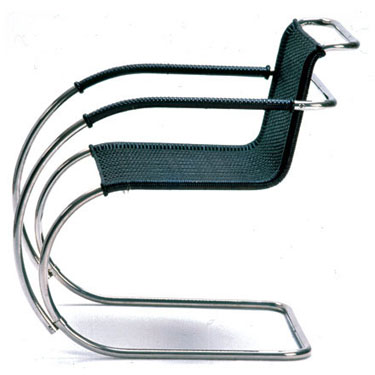As logical continuation of the Decadence, Aestheticism and mechanization of the working process come Abstraction, Futurism and Dadaism. Those are one of the main styles that define Classical modernity.
Dehumanization, machine aesthetics, geometric forms, fracture of the shapes are the next stages of the Late Nineteenth Century Cynicism. The World War I enhance this spirits. The war brings nonsense, destruction and confusion.
Visual culture and avant-gadre.
It seems like in times of trouble people tend to be more extreme in taste. The social background of the Twentieth Century and the growing role of the machines come as a challenge to the artists to experiment using the new technologies. Their experiments are respond to the reality as well as distillation of it.
The term avant-garde is french and literally means "advance guard". In military this word denote "a small troop of highly skilled soldiers, explores the terrain ahead of a large advancing army and plots a course for the army to follow" (Wikipedia). In cultural filed it means those who push the limits of the norms and possibilities.
Wassily Kandinsky
He is Russian artist, avangardist and theorist whose art is expressive and strongly abstract. Points, lines, colors- he rely on psychological effect created by the basic elements.

Technical capabilities and Experiments
The new styles often use photography and photo montage, printing technology, typography but breaking the rules.
Futurism
Is international movement, but it center is in Italy. The beginning is set with the "Futurists manifesto" by Filippo Marinetti. As the name suggests this is movement turned to the future. This movement reveals the beauty of the machine and the aesthetic of the pure geometric forms.

Dada
Dadaism begins in Zurich. The World War I was not only political event. For the people who live in it the war has social and moral dimensions. Its absurd evokes the relevant reaction.
Shocking destruction of the forms, broken, confusing - DADA is impossible to be understand.

What is DADA?
Playing with the sense, or actually going beyond of the sense Dadaism is a protest against the war and is so absurd as the war itself.
Constructivism
As in the nature everything is seeking for balance, processes in the art also follow the same low.
In the late Nineteenth Century Aesthetic principle "art for the art's sake" isolate the art from reality. This extremeness soon is compensated by Constructivism. This style is a result of the post war sobering up and utilitarian tendencies in Russian Futurism. It could be characterized with sanserif type font, primary colors, abstract geometric shapes.

Propaganda and Graphic persuasion
Many of the artist at that time were engaged in creating propaganda images. Because the avant-garde was too far from the mainstream sensibility those deviant art were rarely approved for propaganda. For mass persuasion much more successful was Plakatstil (poster style) which borrowed the flat colors of the Art Nouveau, but was not so complicated.

Bauhaus
One of the most famous modern styles that influence the graphic design, typography, architecture. It's slogan is "the new unity of art and technology". It start as a school and soon become a movement which consider the machine as new tool. For me this style embodies the same coldness as the Futurism and Constructivism.




It seems like modernism leaves strong mark over the communist countries (although later it is mixed with the heroic realism). I was 10 years old when Communism fell and I remember how boring was for a child all those clear shapes, row colors and sterile designs. Everything was the same - mostly blue and red, with no details, made fast and cold.
I also remember that in the first few years after 1989 a common kid collection was pack of import goodies - they were so colorful, well illustrated and definitely very different from what we were use to see.


This is the design of my favorite shampoo and a cover of plate with faritale.

Saving cream
References:
http://en.wikipedia.org/wiki/Avant-garde
http://www.krugosvet.ru/articles/56/1005620/1005620a1.htm
http://z.arttoday.org/bauhaus/bauhaus.html
http://anneserdesign.com/Plakatstil.html

No comments:
Post a Comment